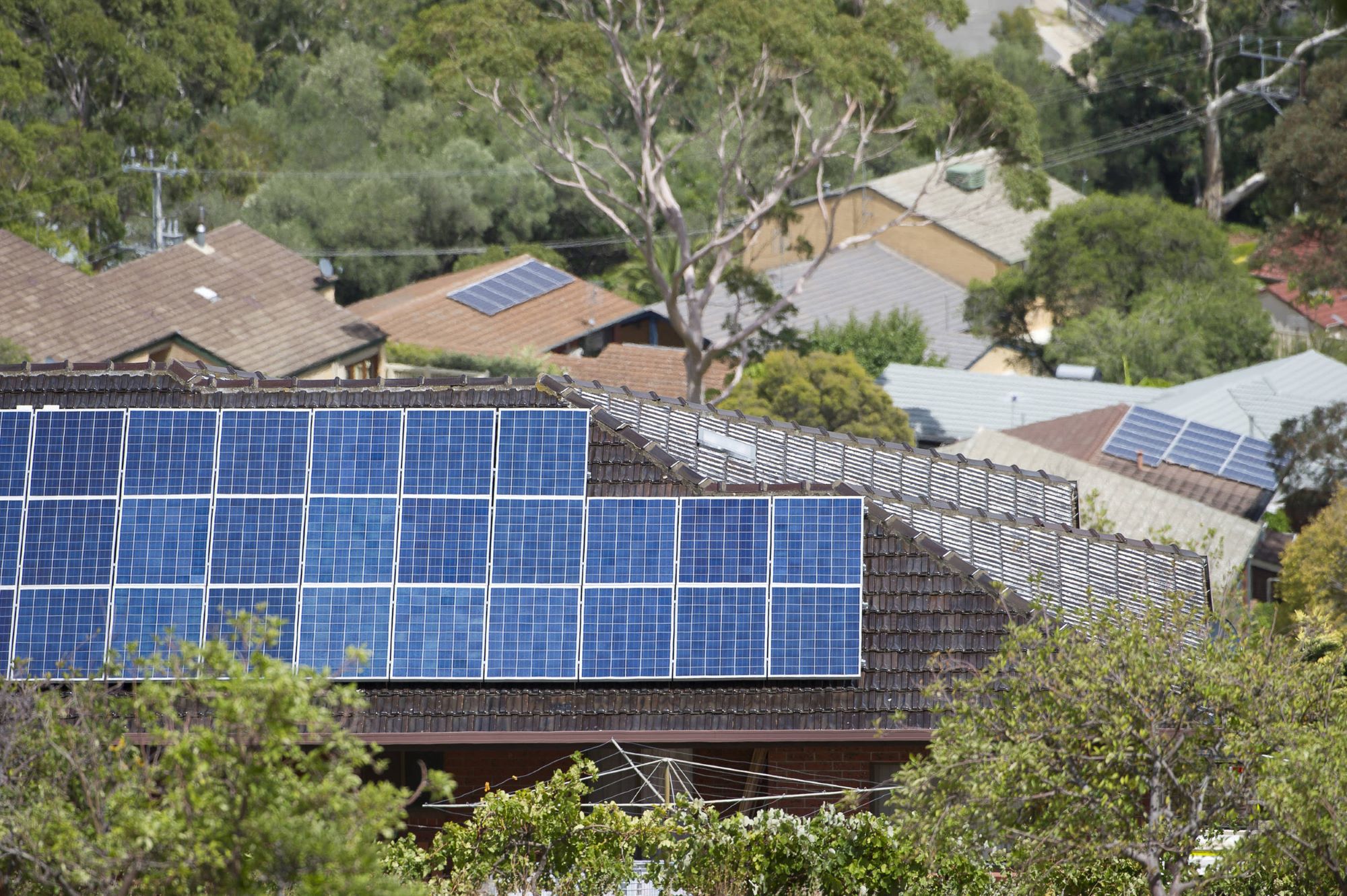Small IES connections
Small Inverter Energy System (IES) connections include:
- Inverter based connections up to and including 30 kVA
- Distributed Energy Resource (DER) technologies such as solar PV, batteries and electric vehicles with vehicle-to-grid (V2G) or vehicle-to-building (V2B) capability.
Application for network connection of a small IES
We encourage you to apply online via our Electrical Partners Portal for network connection of a Small IES.
If you'd prefer to make a hard copy application, you can call us on 13 74 66 to request a form.
Connection Standard
For information on the technical design and connection requirements for Small Inverter Energy System (IES), please refer to our STNW1170 Standard for Small IES Connections (PDF 669.7 kb). This standard is updated regularly and we encourage those involved in the connection of small IES to review the standard to understand the latest obligations and opportunities.
Customers wanting a negotiated contract for sizes up to 30 kVA should design their connections for the technical requirements in STNW1174 Standard for LV EG Connections (PDF 2.0 mb) or STNW1175 Standard for HV EG Connections (PDF 2.3 mb).
Dynamic connections
In 2023, to support more solar on our network, we introduced a new connection option known as a Dynamic connections.
Under a dynamic connection, signals are sent from our network which tell solar PV systems how much exported generation our network can accept at that point in time. This means, instead of having fixed limits on how much electricity a solar PV system can export, the limits change and respond to network conditions. This potentially enables more generation to be exported, more often.
Visit our Dynamic connections for installers web page for further information on:
- other benefits of a dynamic connection compared to a fixed connection,
- how to implement a dynamic connection,
- a case study of a dynamic connection, and
- free Continuing Professional Development Training on dynamic connections.
Emergency backstop mechanism
The Australian Energy Market Operator (AEMO) has identified risks to the stability of the electricity grid in Australia on rare occasions when the grid is under stress from a number of factors, including high rooftop solar photovoltaic (PV) generation. Read more in the AEMO factsheet Operating the grid with high roof-top solar generation.
In September 2022, we carried out an industry consultation on a proposed emergency backstop mechanism that will require selected Inverter Energy Systems (IES) in Queensland, such as rooftop solar PV systems, to have a Generation Signalling Device (GSD) installed. This device will allow us to respond to minimum demand events on our network at the direction of the AEMO.
Following a review of the consultation feedback, it has been determined that the emergency backstop mechanism will apply from 6 February 2023. For more information visit our Emergency backstop mechanism web page.
Queensland Electricity Connection Manual (QECM) Supplement
Installation instructions and wiring diagrams for connections requiring inverters to be configured for the mechanism can be found in section 8.10.2 Emergency Backstop Mechanism of the Queensland Electricity Connection Manual (PDF 19.8 mb).
Our Emergency Backstop Mechanism Factsheet (PDF 618.0 kb) provides general information on the background and operation of the initiative, and how it may impact customers installing new or replacement IES. Solar PV installers and retailers may wish to provide a copy of the fact sheet to your customers.
Have any queries?
For any queries about the new Connection Standard or small IES technology-specific queries, please email tech.enquiries@ergon.com.au.
For all other small IES inquiries related to connections, assessments or applications, please contact our Solar Team on 1300 553 924.
For more information read our FAQs for the Standard for Small IES Connections.

